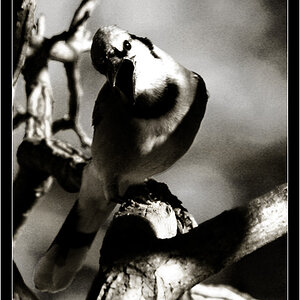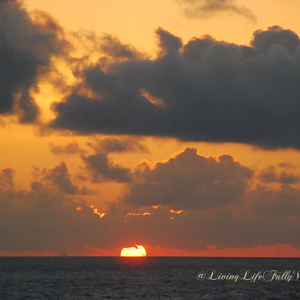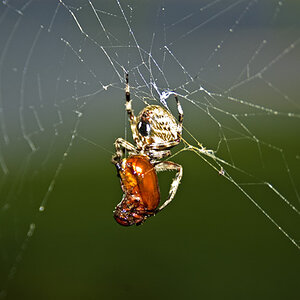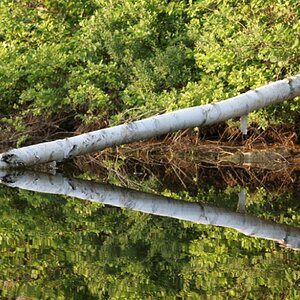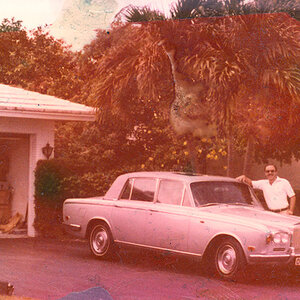Leoface
TPF Noob!
- Joined
- Jan 26, 2010
- Messages
- 2
- Reaction score
- 0
- Location
- Jersey
- Can others edit my Photos
- Photos NOT OK to edit
Hi there, I was just wondering if anyone could give me some help sorting out the settings on my camera (DMC-FZ28). Basically I wanna have a shot at creating some of those amazing smoky water effect shots at some point. I've been able to learn that 5 seconds shutter speed is the standard for getting the effect and anymore is just going to add to the effect. However I was wondering if anyone could tell me what number the F Stop should be at and the ISO?
If you could tell me what your personal preferences are for day shots and night shots it would be greatly appreciated as my camera is fairly new and I'm still learning most of it's functions and settings.
Cheers for any help,
Leo
If you could tell me what your personal preferences are for day shots and night shots it would be greatly appreciated as my camera is fairly new and I'm still learning most of it's functions and settings.
Cheers for any help,
Leo


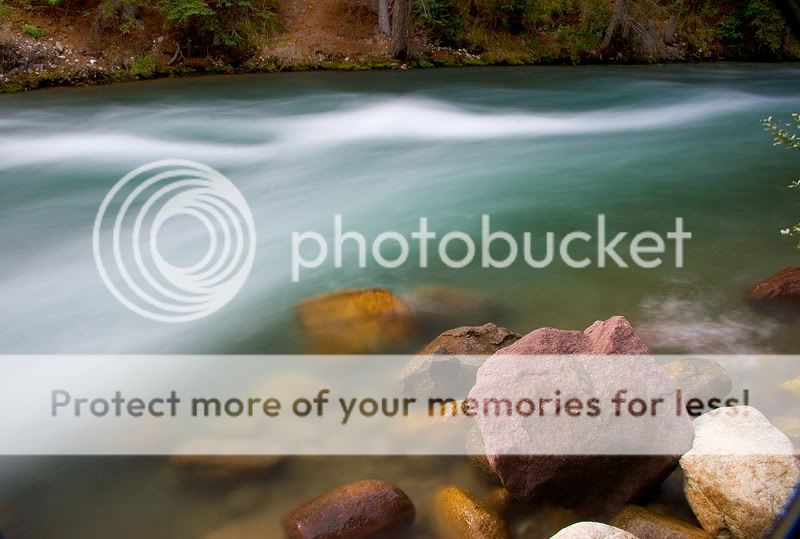
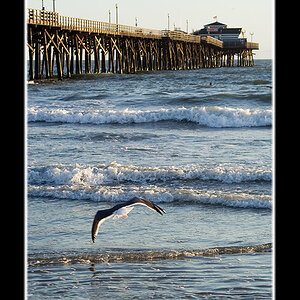
![[No title]](/data/xfmg/thumbnail/39/39544-f587cf14279888b81e3b51750534ae22.jpg?1619739080)


